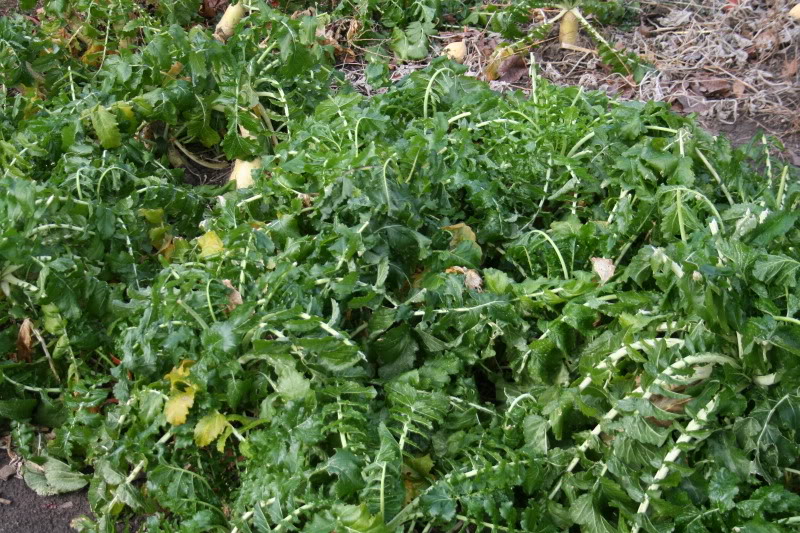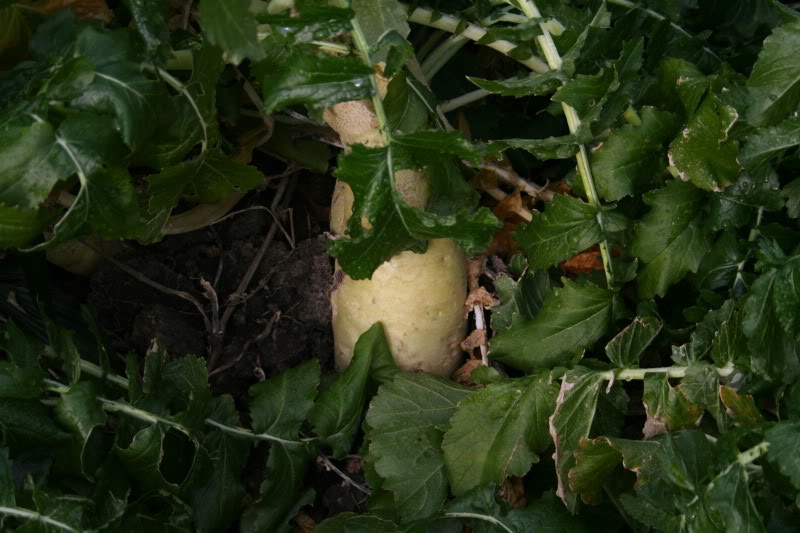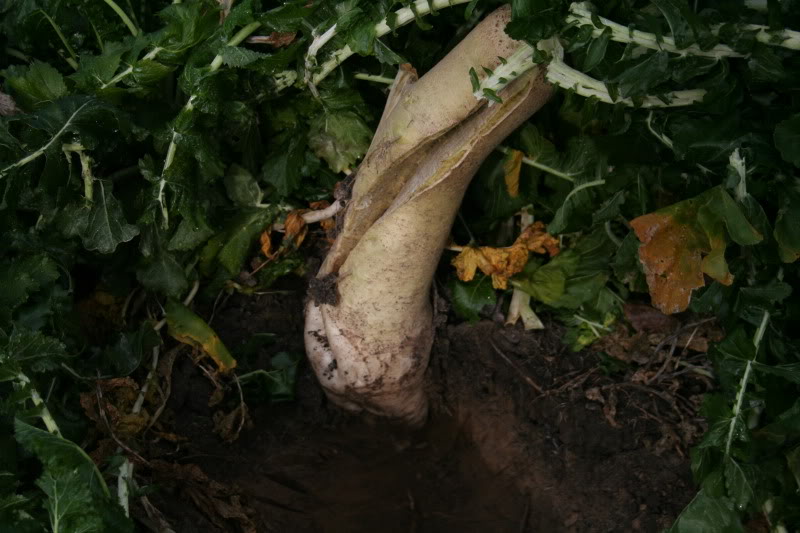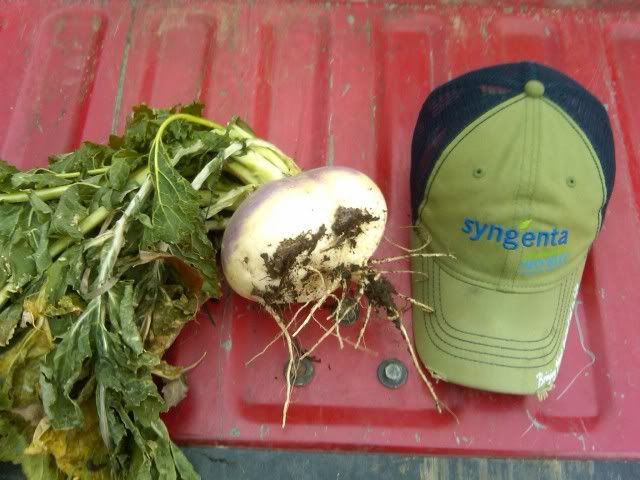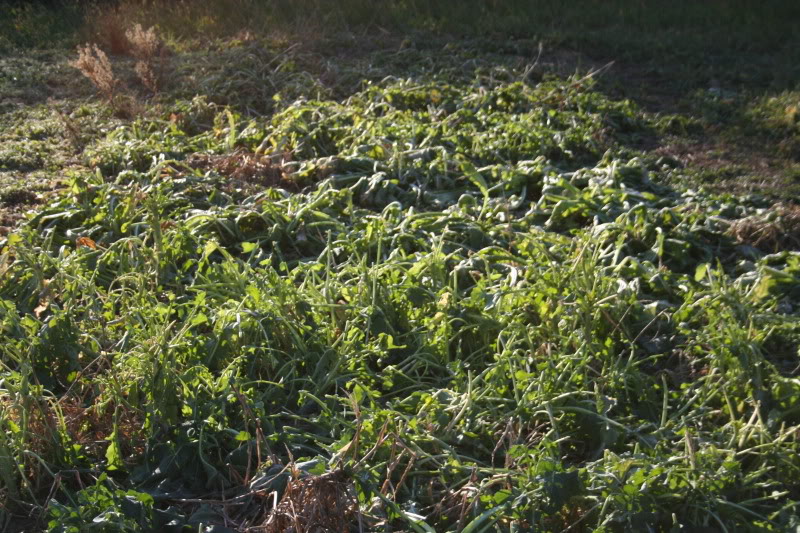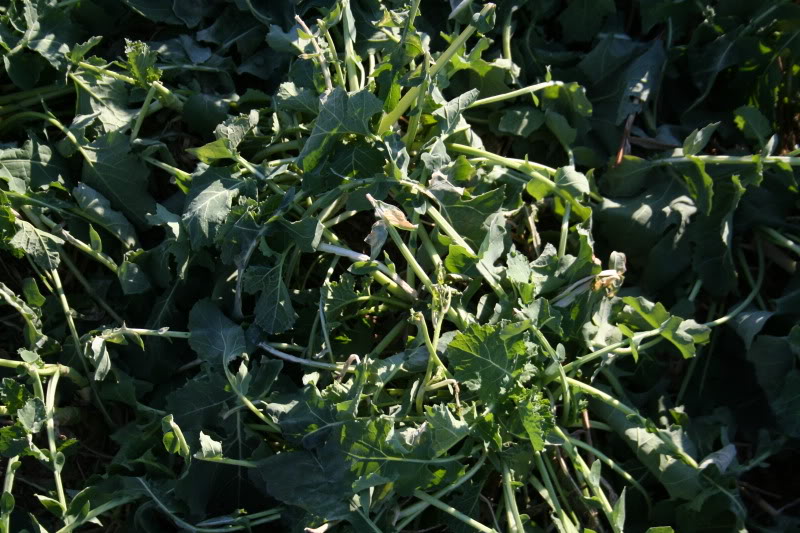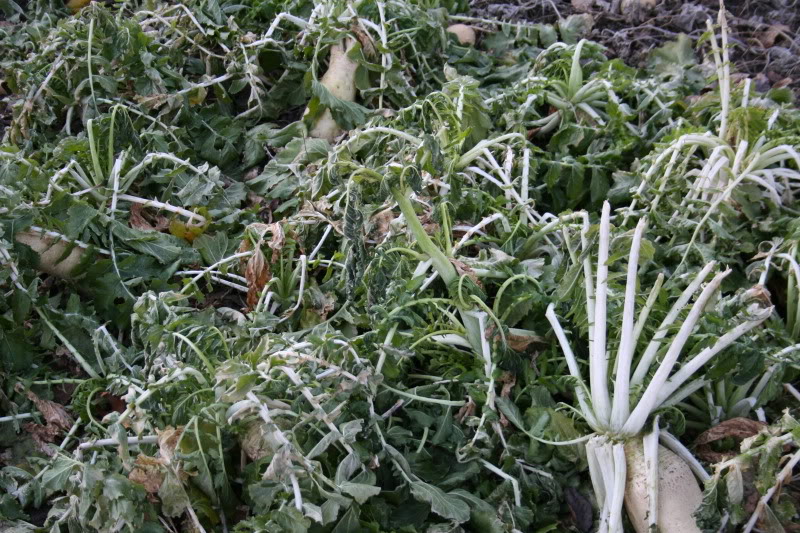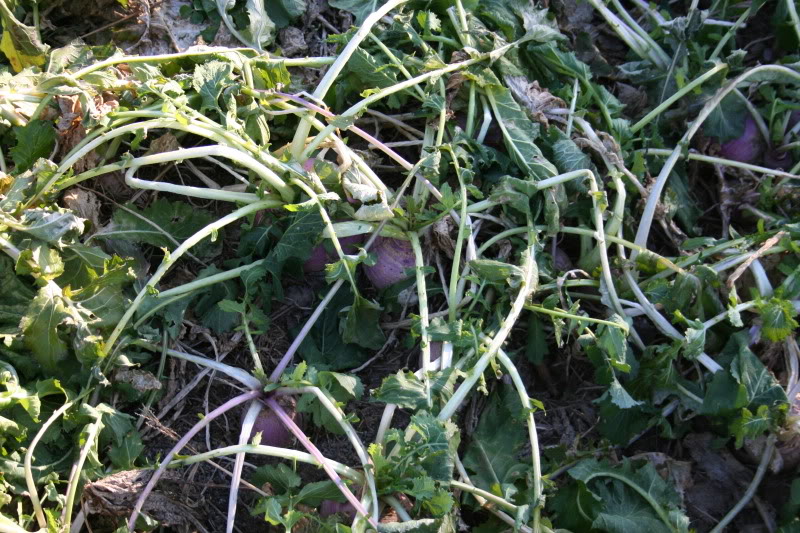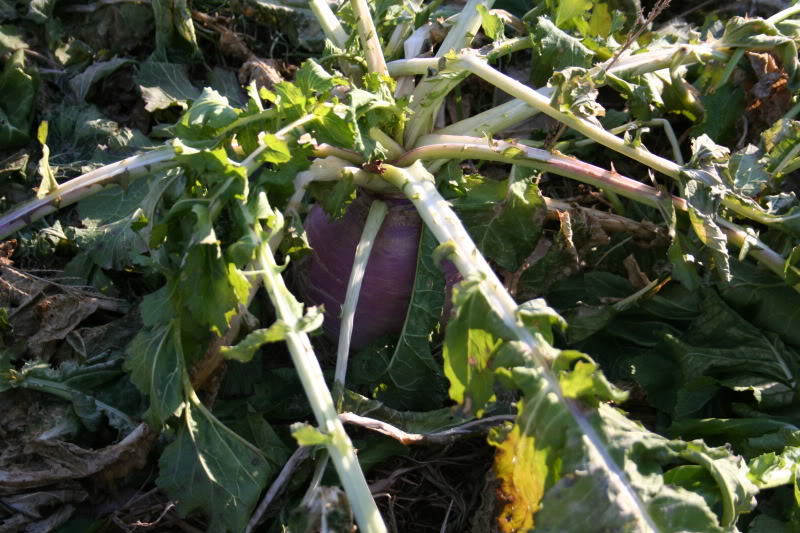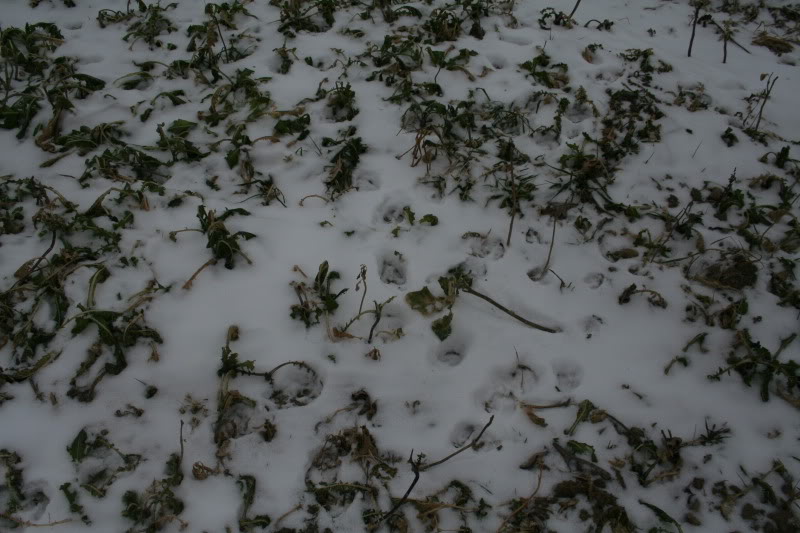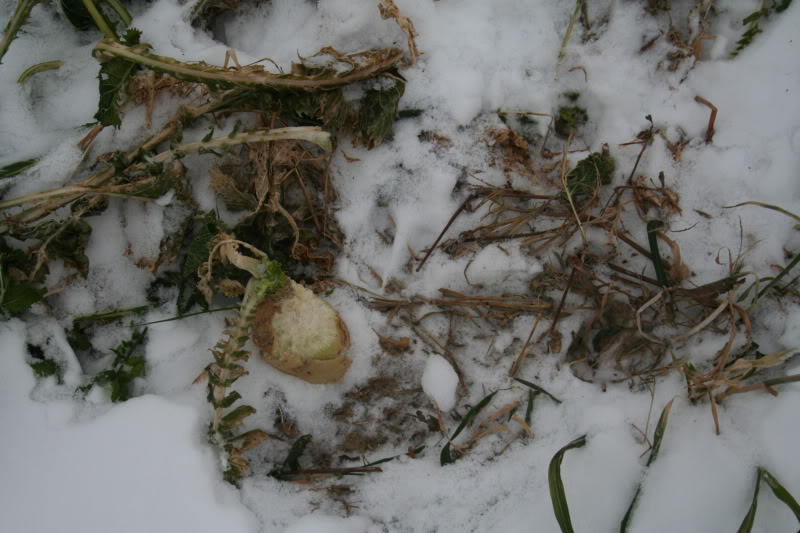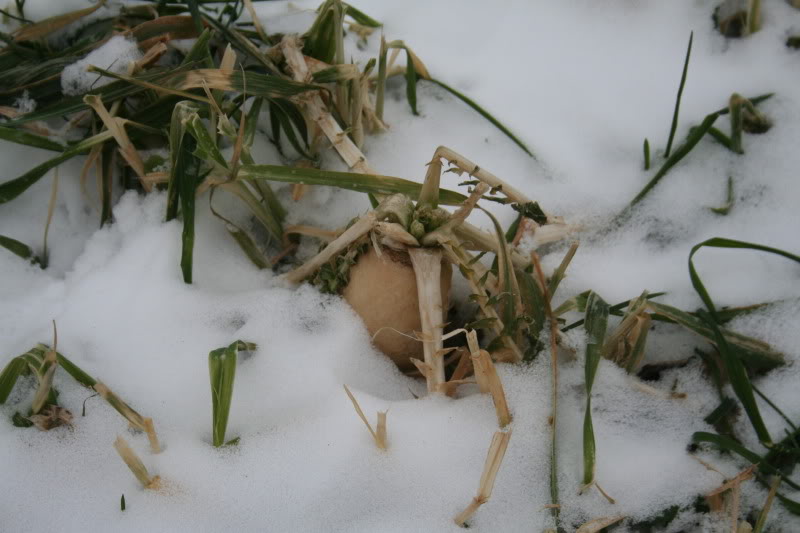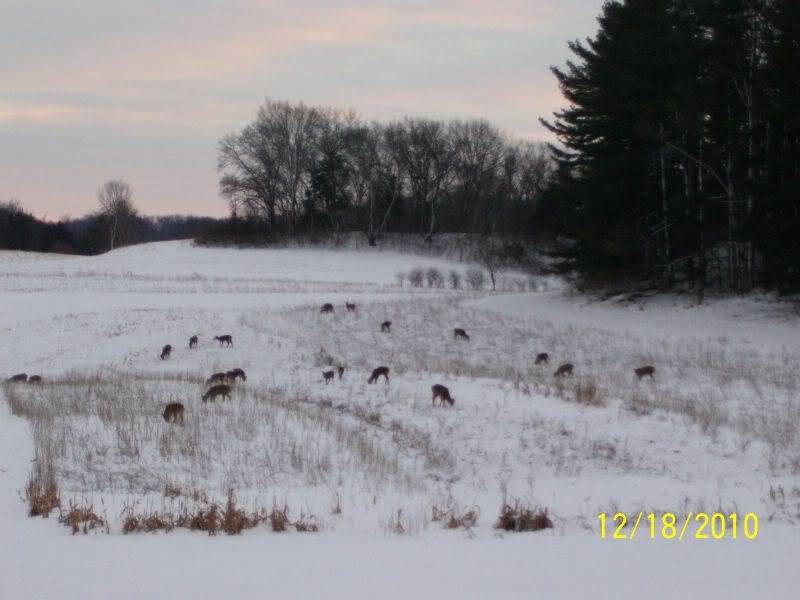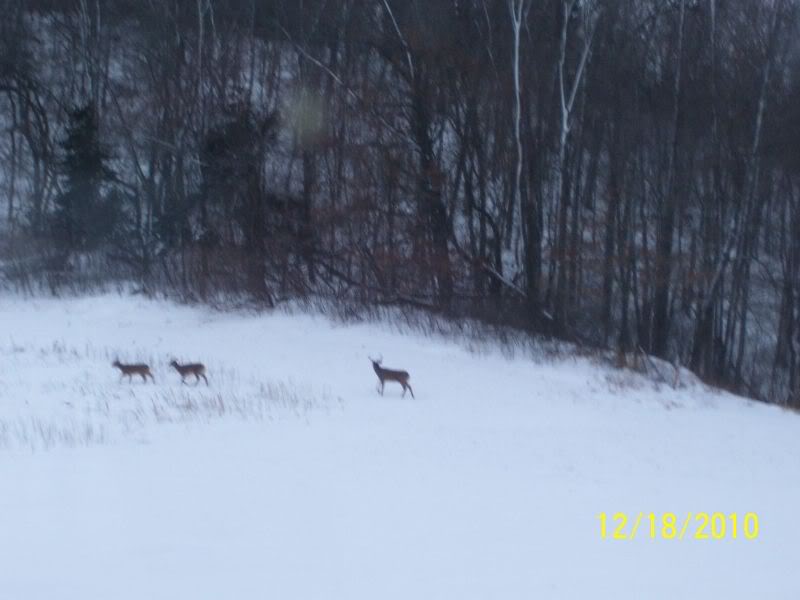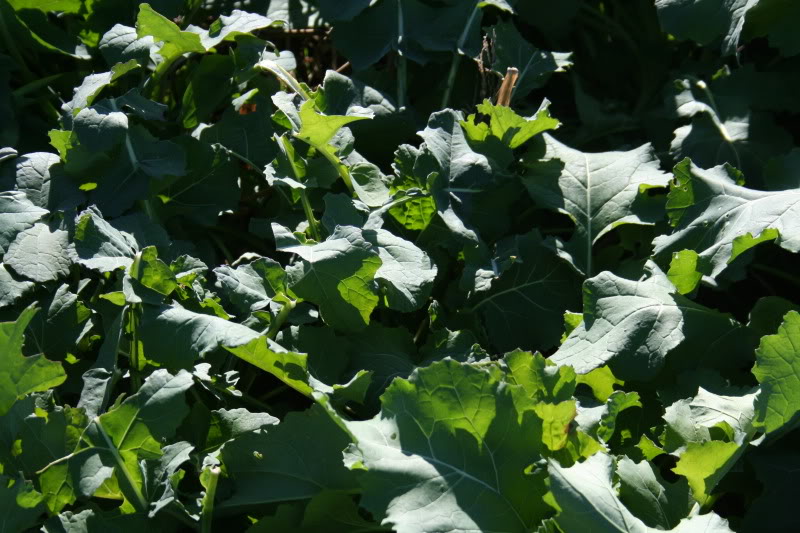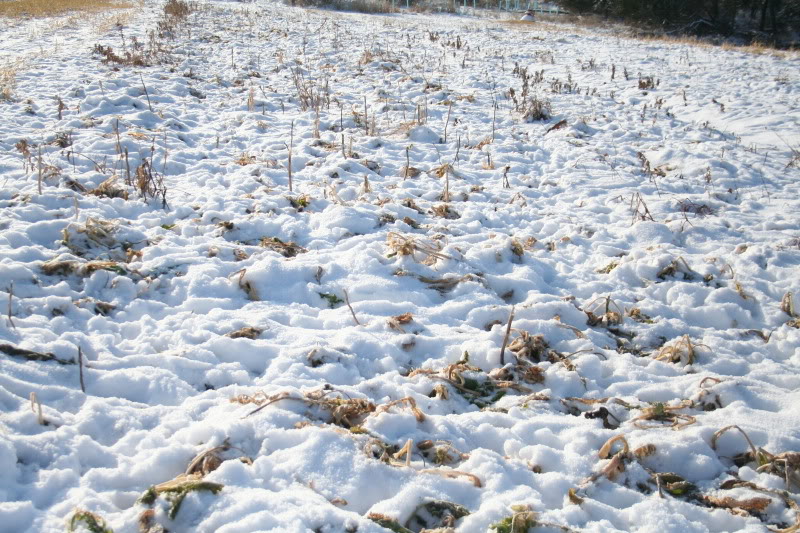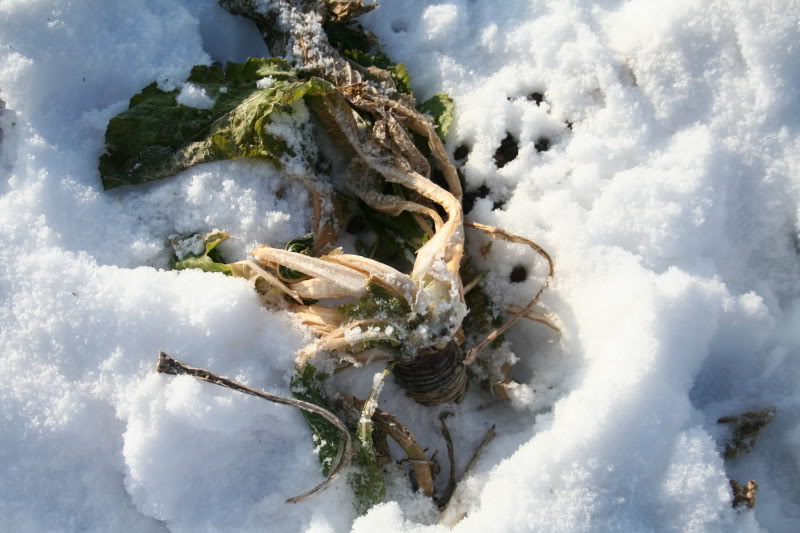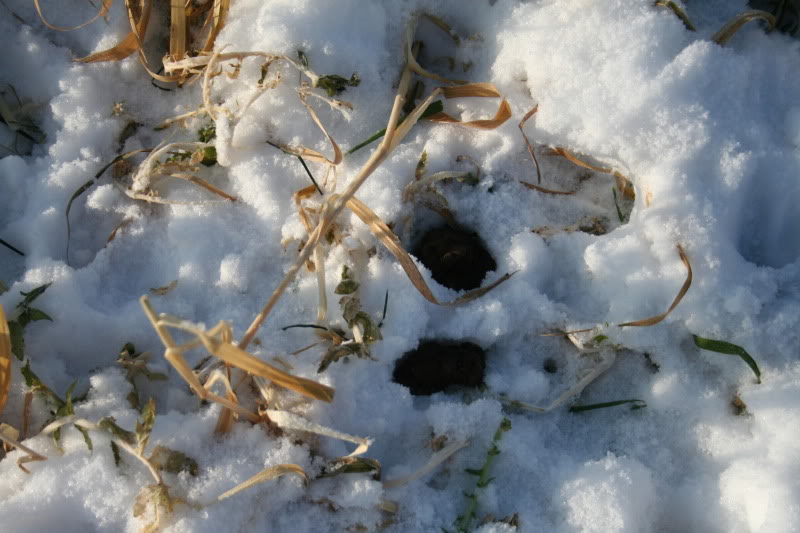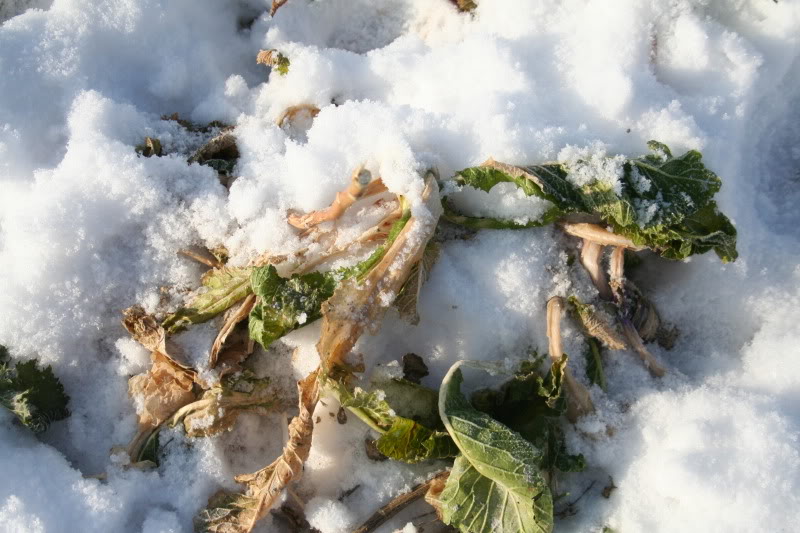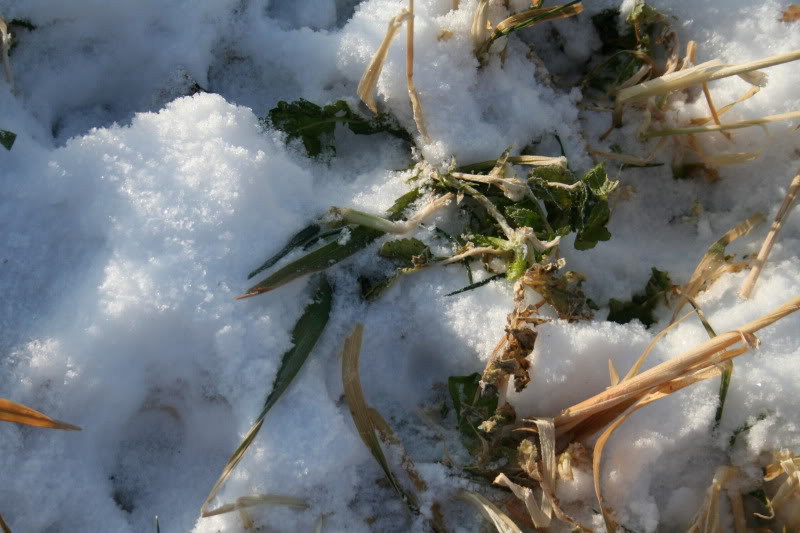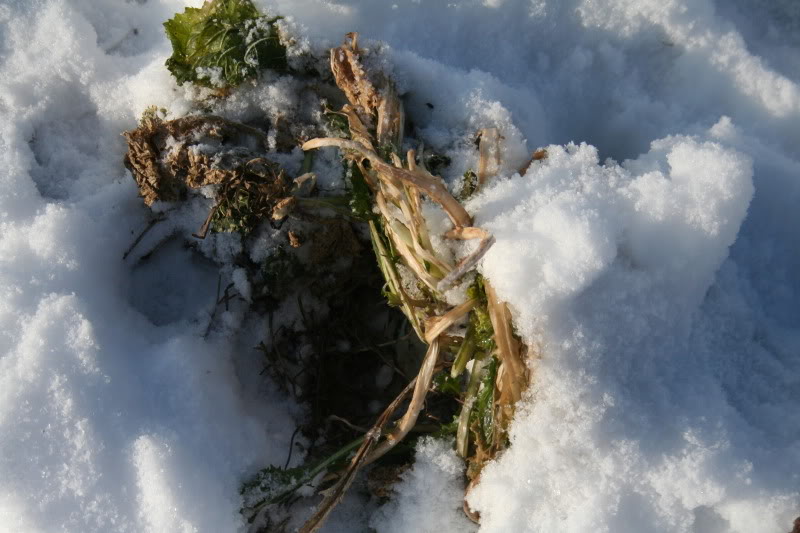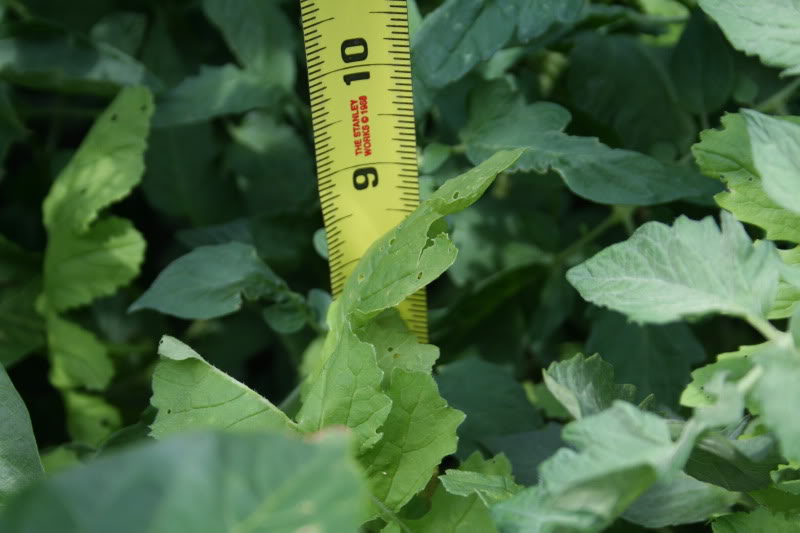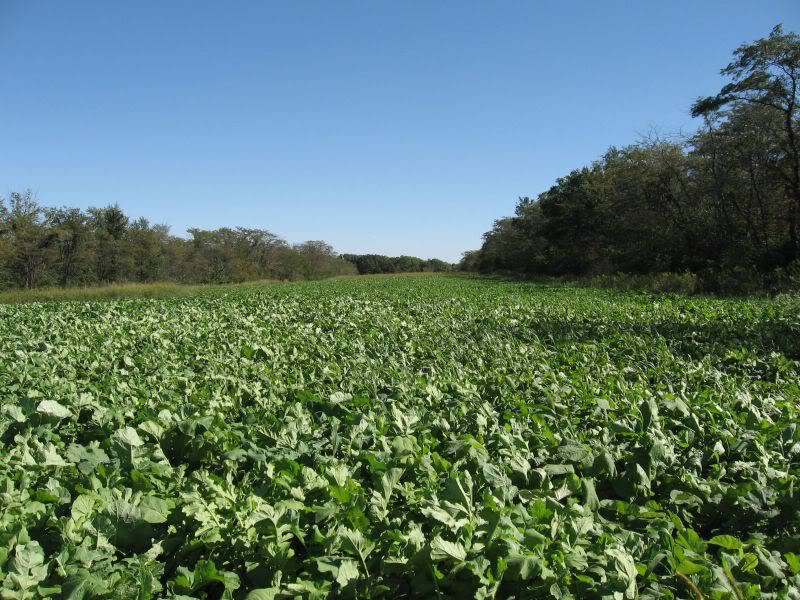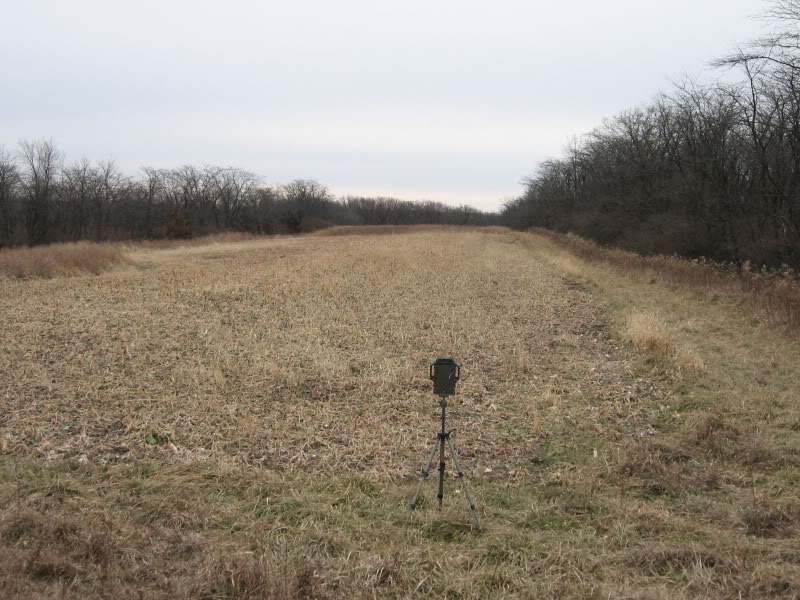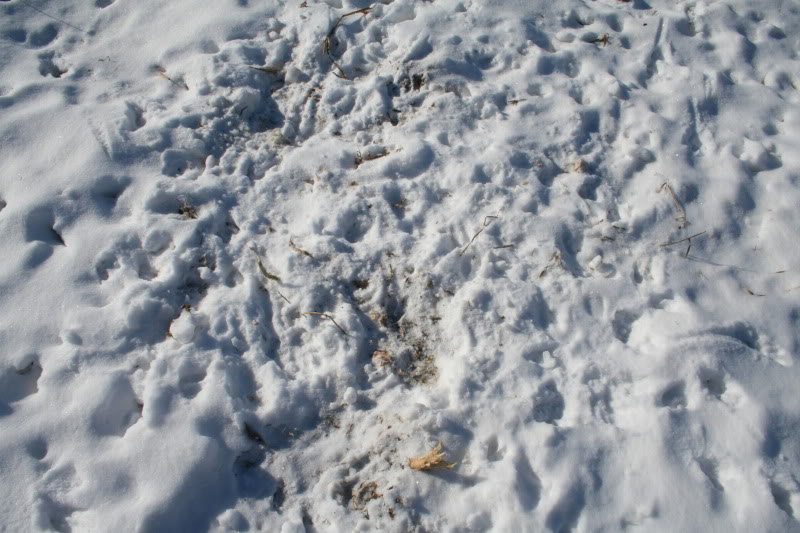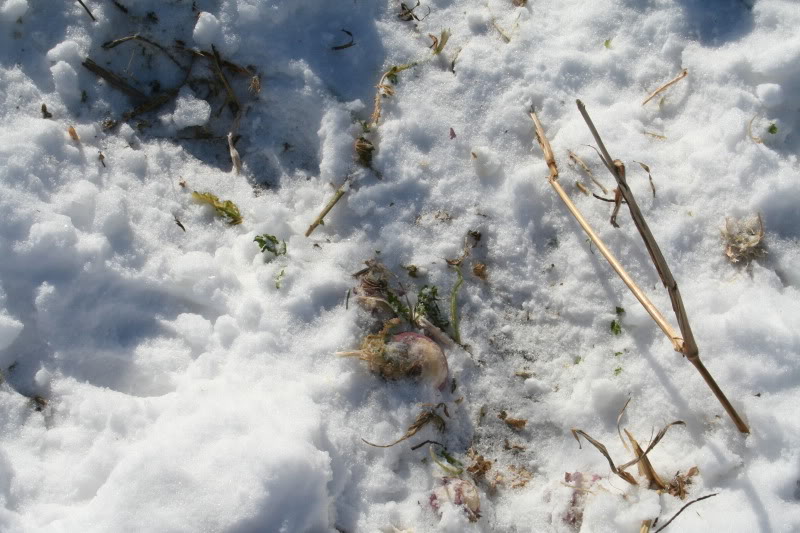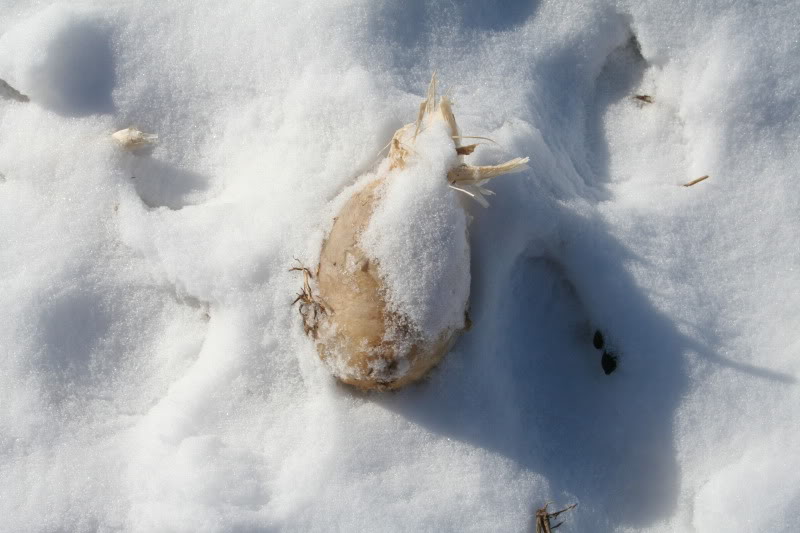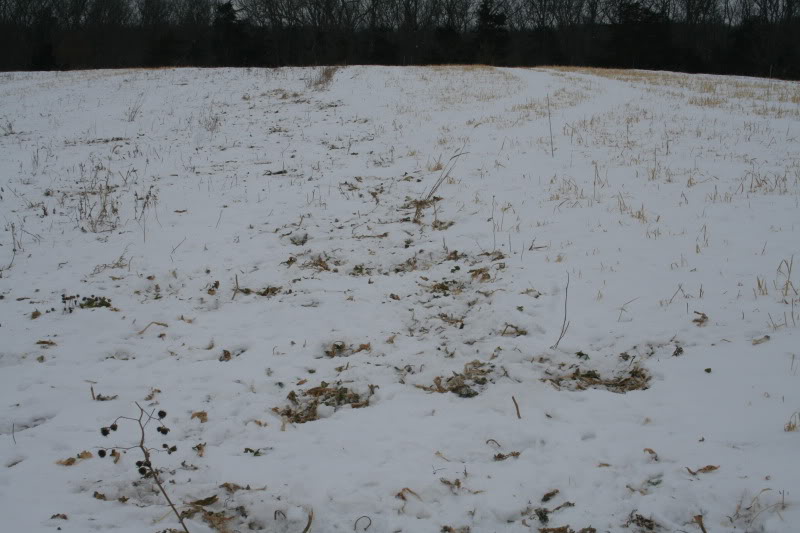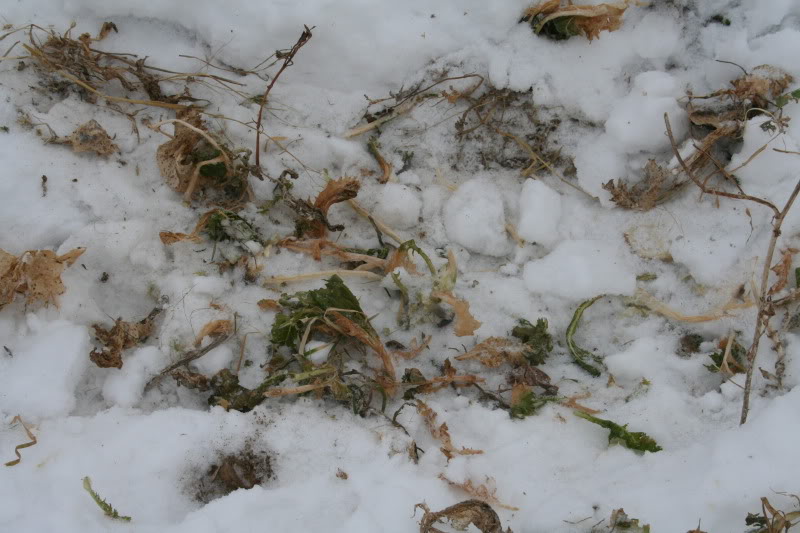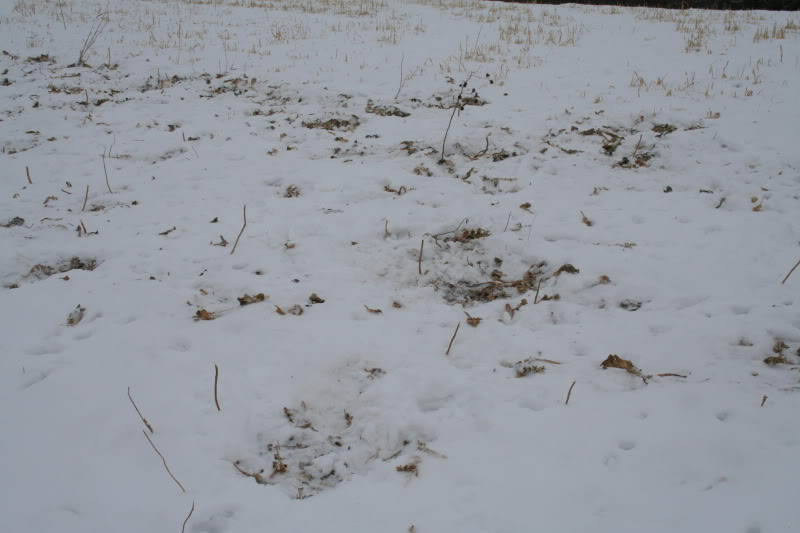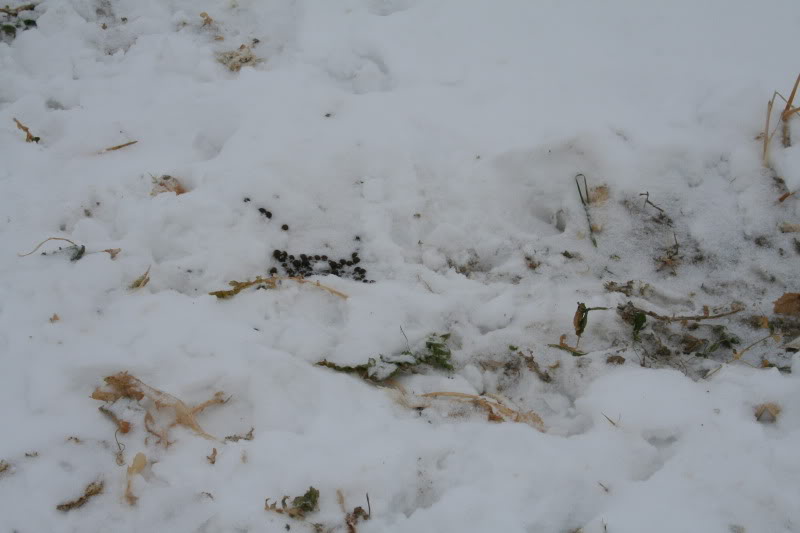dbltree
Super Moderator
Year 1 B ---> M ----C
Year 2 M ---> B ----C
Year 3 B ---> M ----C
Year 4 M ---> B ----C (plant white clover with the rye mix "M")
Year 5 M---> B ---> C ---> (the previous year clover planting becomes the new -C-)
This is kind of a good explanation of a crop rotation between white clover (C), brassicas (B) and the winter rye/oats/forage peas/forage radish/ red or white clover mix (M)
Each year the brassicas and mix are rotated while the perennial white clover remains as is but when the white clover starts to thin and needs to be rotated we rotate ALL the strips.
To prepare we start our white clover with rye the fall preceding the complete rotation, then in year 5 we turn under the old clover strips and plant brassicas. We move the rye mix to the brassicas and of course the previous rye strips are now perennial white clover.
A 5 year rotation is shown but it could be a 3 or 4 year rotation if for some reason the clover thinned earlier. ALL of the strips or blocks would have some type of clover in them during the summer months (brassicas tilled under and planted to annual clovers and red or white clovers planted with the rye)
Under this rotation our soils are NEVER bare an unproductive expect for a few days while seeds germinate. Deer are NEVER without feed...year around! We always have all of our favorite crops/plants in any plots and yet disease and pests will not be a problem.
Weeds are far less likely to be a problem either because these crops either suffocate weeds or prevent them from growing....


